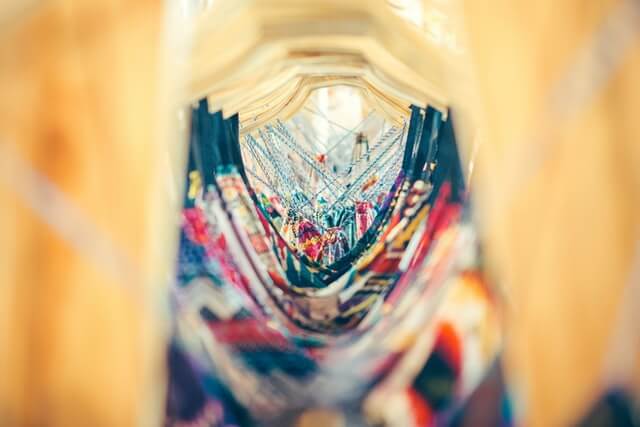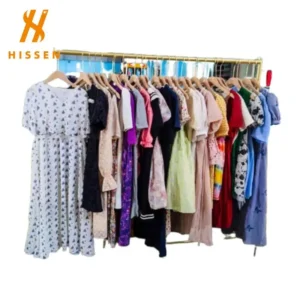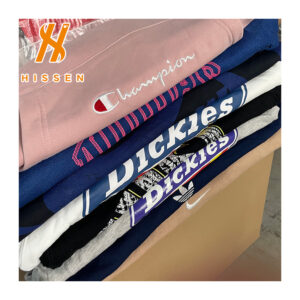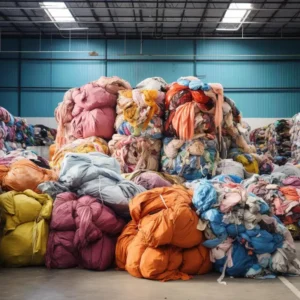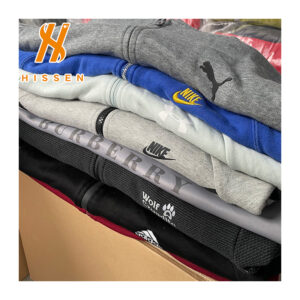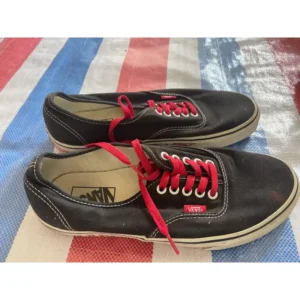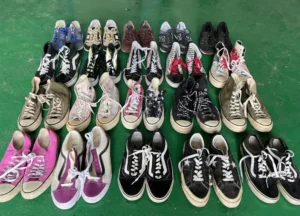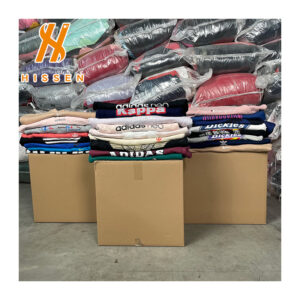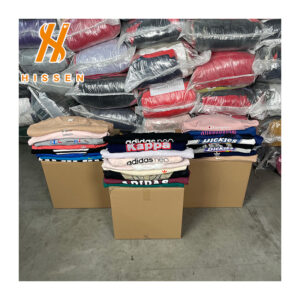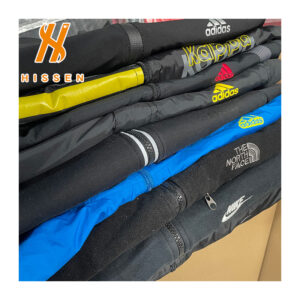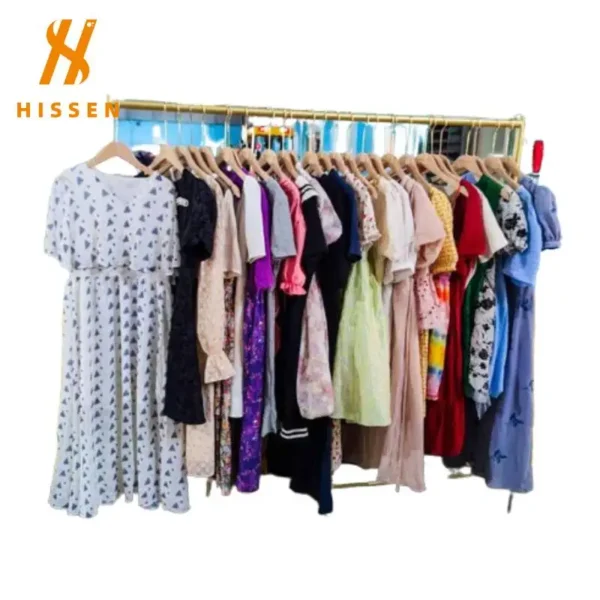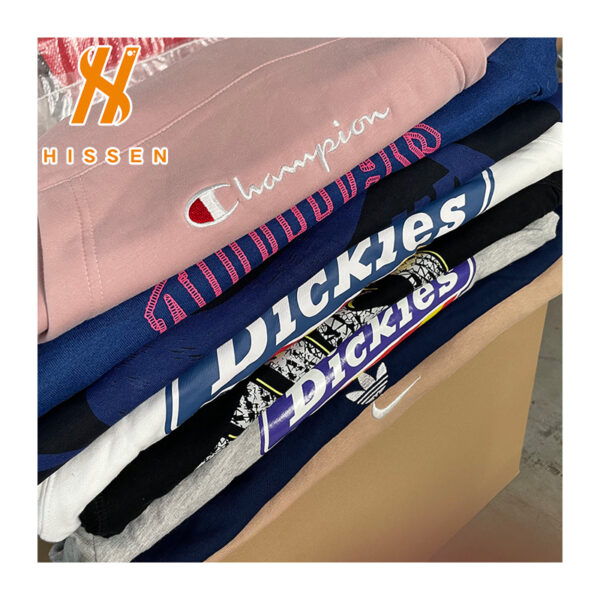The Present Situation of the Africa Second-hand Clothing Market

It is not an exaggeration to say that Africa is irreplaceably important for China in the past, present, or future. Especially during the past ten years, Sino-African relations have developed rapidly. Africa is no longer geographically distant for the Chinese, and the degree of attention has gradually increased. China has provided assistance to African countries’ development for more than 60 years. Fruitful results achieving such years promote the development of Africa.
🍑l The relationship between China and Africa’s second-hand clothing market
🥭l The donated clothes become profitable commodities
🍎l Second-hand clothing flowing into the African market
The relationship between China and Africa’s second-hand clothing market
China has continuously assisted Africa’s development in recent decades, especially infrastructure, like the Tanzania-Zambia Railway, Merowe Dam, Zimperto Stadium, Dakar National Theater, etc. In addition, China also donates clothes to Africa during a specific period. Because of poverty in some areas of Africa, many Chinese charity organizations go far to Africa to help. We donate old clothes to Africa to help the poor who cannot afford to buy clothes. But will the donated clothes eventually distribute to the poor in Africa?
Learn more
Donated clothes become profitable commodities
Second-hand clothing is ubiquitous in Africa because of the relatively undeveloped economy. United Nations data shows that 80% of Africans are wearing second-hand clothing. In fact, the export of second-hand clothing from China to Africa has formed a mature chain. These clothes from China are cost-effective and welcome in the African market. They were looted by African people once public on the market. It was indeed such a good situation at the beginning, but things changed. Slowly, second-hand clothing donated by China is no longer used where it should be.
Processing the resale
Some African locals say that the old clothes donated by China are not directly distributed to the poor after arrival in Africa. They will be disinfected first, then processed into secondary products, packaged, and distributed to second-hand markets for sale. Many poor people in Africa cannot get donations directly. Instead, these clothes are sold to merchants as second-hand clothing. After careful selection, the merchants sell them at various prices. Poor families can’t afford them and still have no clothes to wear.
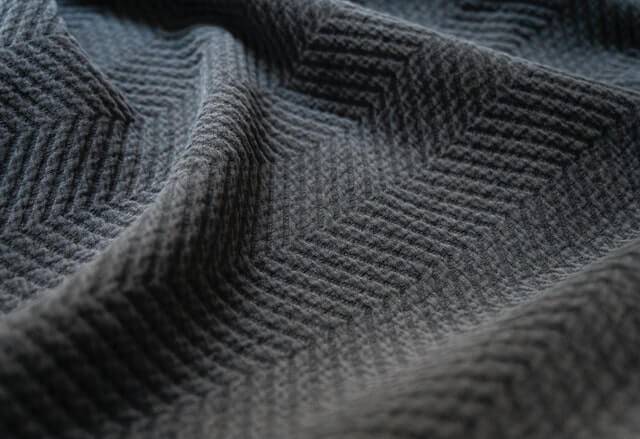
With the rapid development of the economy and the improvement of people’s living standards, residents now still have much spare money after sustaining their daily necessities, food, shelter, and transportation. Some will use this extra money to invest or pursue a higher quality of life, like traveling abroad. This is the first choice for many people.
Economically backward parts of Africa
When people plan to travel abroad, they select developed countries such as Europe and the United States. Africa is definitely the first to be excluded. Africa is one of the important birthplaces of ancient civilizations. But many of us now consider it a backward place with poor transportation, dilapidated buildings, and inadequate facilities. It is precisely because of this that tourists from many countries will not prioritize Africa when traveling abroad. But Africa actually has rich minerals and natural landscapes that many other countries cannot match.
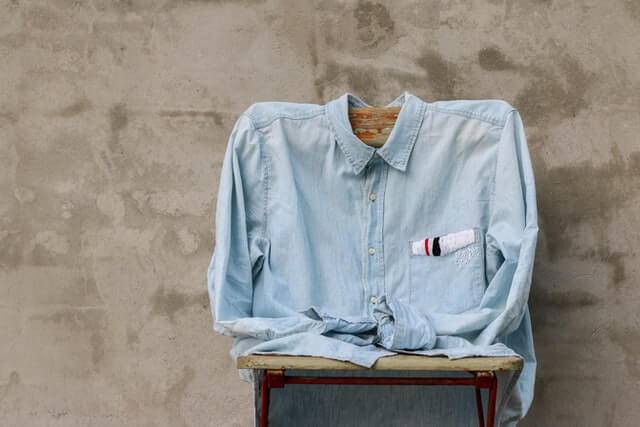
Economic development–Africa
Although Africa attracts few tourists, it is desirable for adventurers and businessmen. An explorer once said that Africans not having enough to eat or wear are everywhere in Africa. The good thing is that many countries worldwide, like China, of course, are stretching out a helping hand to Africa. In fact, many of the old clothes donated by people in China are sent to Africa for assistance. It is a pity to throw away those waste clothes, and it would be great to donate them to those in need. Some Chinese opened clothing factories in the local African area, allowing Africans to find jobs, promoting Africa’s economic development, and deepening the friendship between the two sides.

Some African countries began to restrict the import of second-hand clothing. The low-priced second-hand clothing from other countries affects the local textile industry. Therefore, in the future, the substantial domestic old clothing recycling industry should find other outlets, such as research and exploration, to establish a second-hand clothing market.
Second-hand clothing flowing into the African market
Buying second-hand clothing is just like buying food for Africans. If they want to change into new clothes during the New Year or need parties, they will go to the local second-hand market. Therefore, at the end of the year, the largest second-hand clothing market in East Africa-Jikangba, is always full of people. You can see many local people buy fashionable and durable cheap second-hand clothing for the upcoming festival with their families. The “Made in Africa” clothes made by local factories can hardly compete with those beautiful and affordable second-hand clothing.
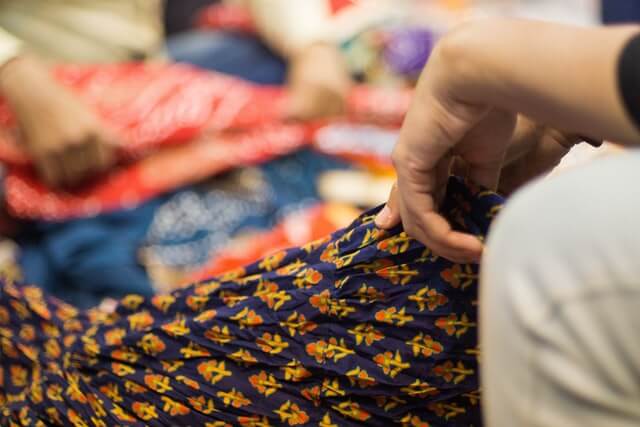
Unlike second-hand cars, most second-hand clothing is still novel styles when they are exported to Africa. Some local middle class will also wear second-hand clothing with good quality and fashion styles.
mitumba
In Africa, you can see various second-hand goods, second-hand clothing, second-hand cars, second-hand airplanes, second-hand computers, second-hand mobile phones, second-hand expired medicines, and so on. Imported second-hand clothing is called mitumba by locals in countries such as Tanzania, Uganda, and Kenya.Many large and small mitumba markets in cities form unique scenery there.
A British Overseas Development Research Institute once did some statistics surveys. Early back to 2010, in countries like Kenya, Ghana, and Tanzania, the second-hand clothing imported from Europe and the United States reached 300,000 tons, with a total value of 132 million US dollars. These developed countries with serious clothing surplus have spawned a mature second-hand clothing industry chain.

In 2016, the global cross-border trade of second-hand clothing reached US$4 billion, of which 70% of second-hand clothing came from Europe and North America, and most of these clothing went to Africa. Of course, not all second-hand goods are welcome. Some unwanted second-hand clothing will eventually be discarded in the local mangroves and cause a considerable burden on the ecological environment.
Conclusion
Africa is a great market for second-hand clothes, because their economic level and some policy advantages give us a great advantage when we want to import and trade in Africa.
